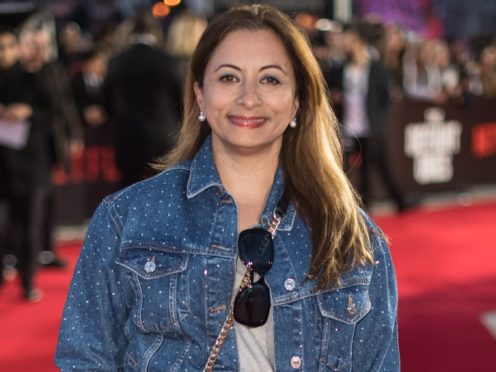British broadcasters deal in stereotypes and do not reflect modern society, peers have been told.
Public service broadcasters in the UK have been accused of falling behind the on-screen diversity provided by platforms like Netflix.
Content also uses the stereotypes of a “colonial era” to represent certain sections of society, the House Of Lords Communications Committee was told.
Broadcaster and journalist Jasmine Dotiwala gave evidence to the committee, and claimed public service content in the UK is not living up to audience expectations.
The most surreal thing to have had this TV legend bring me up as a kid as I watched her daily on Play School & now decades later to have @FloellaBenjaminquestion me as part of the @LordsCommsCom re "the role of PSB's in the SVOD era".(Hope I did her,us(my dad RIP) & me proud!) pic.twitter.com/1wXOUEPnIO
— Jasmine Dotiwala (@jasminedotiwala) May 21, 2019
The columnist claimed that Netflix provides greater representation for minority communities, and is a fairer reflection of the world young people experience.
She claimed young people are turning away from traditional broadcasters in part because of failures of representation.
Dotiwala said these failures can include stereotyping the communities broadcasters seek to represent.
She said: “Ultimately it’s always about the content. When it comes to minority audiences, from various different minorities, the content is always stereotypical
“All of the content is based on stereotypes. For example, the PSBs (public service broadcasters) are obsessed with Indian seasons, and there are a million seasons based on Indian train lines and Indian food.
“It’s like we’re stuck in this colonial era.
“However, Netflix are bringing on Indian writers and script-makers for drama.
“African content is all based around series talking about poverty and corruption – Netflix are then bringing in African scriptwriters and drama producers.
“It’s two completely different worlds.”
Dotiwala, who works with the Media Trust charity, said PSBs do not fully reflect the society of young people, so young people will turn to new platforms such as Netflix.
She said: “Young people across the UK now… all the social circles and pop culture content is mixed up.
“It reflects everyone, different cultures and diverse communities, authentically.
“If PSBs in the UK don’t reflect that reality, of course young people won’t be watching it. Nothing on telly reflects their generation.”
Dotiwala said the UK system of broadcasting is better than in the US, characterised by “10 seasons of Game Of Thrones, Disney television everywhere. Their news, of course, is very poor”.
Broadcasters have been contacted for comment.
